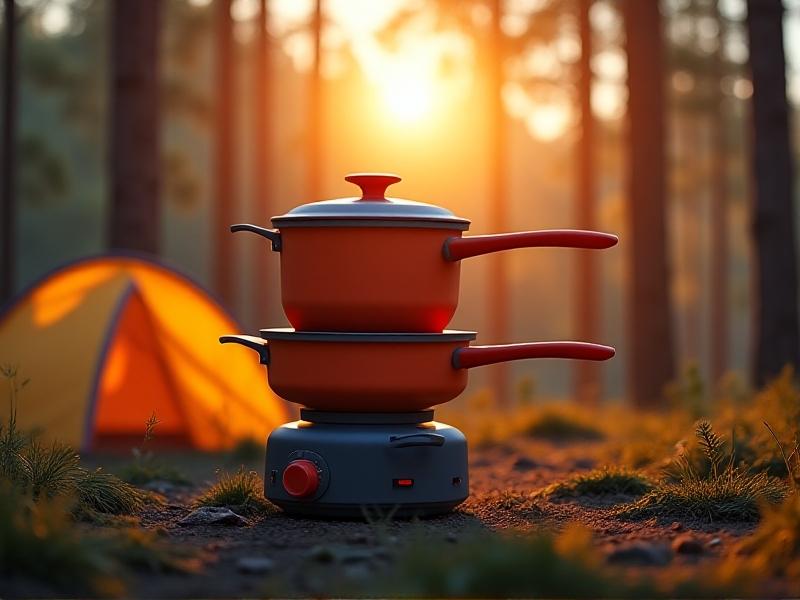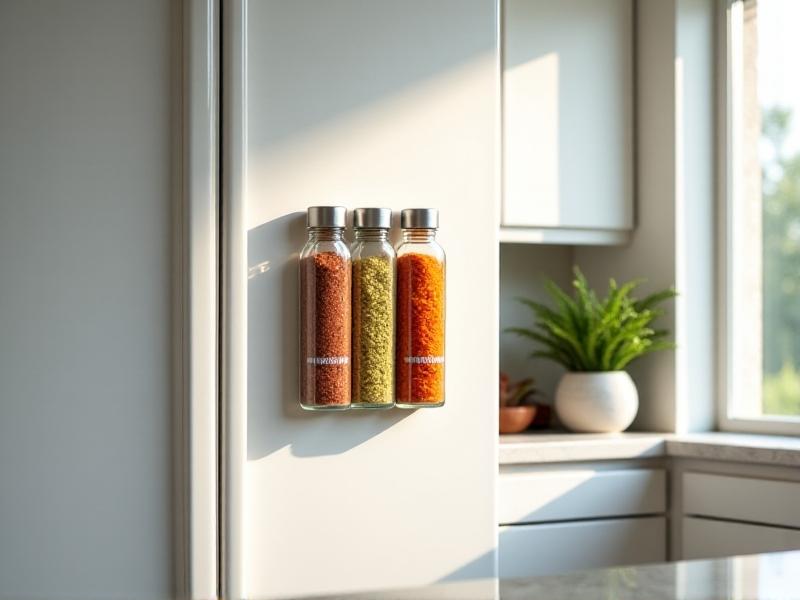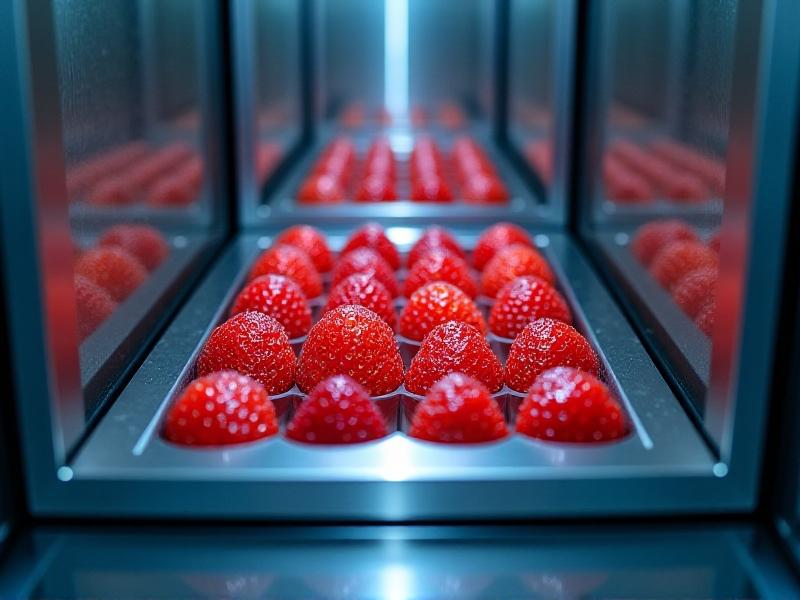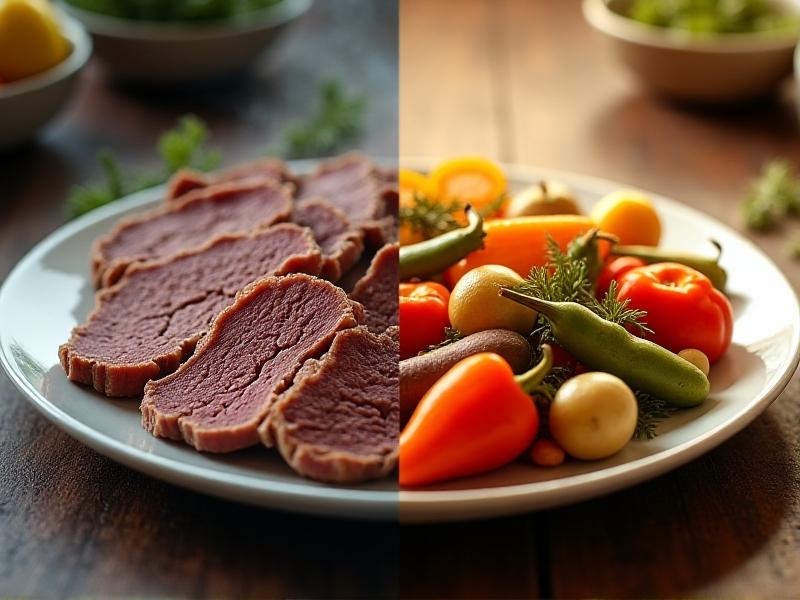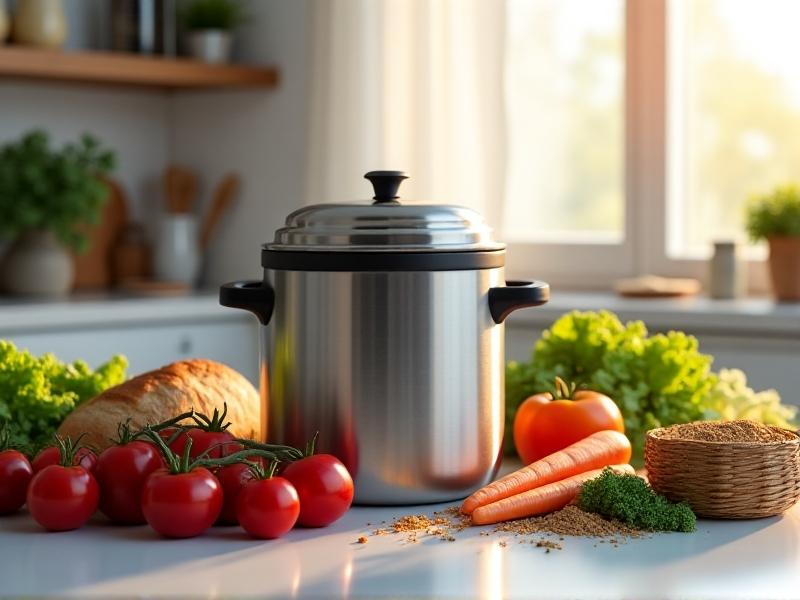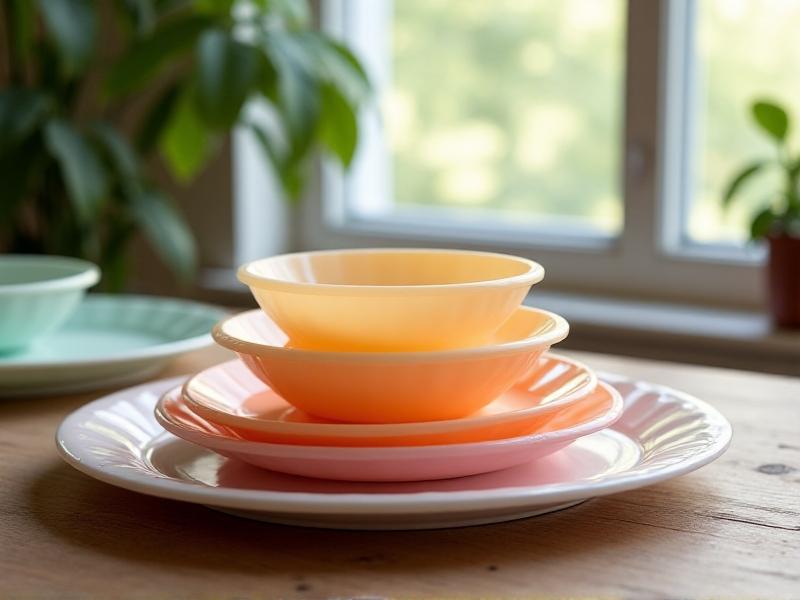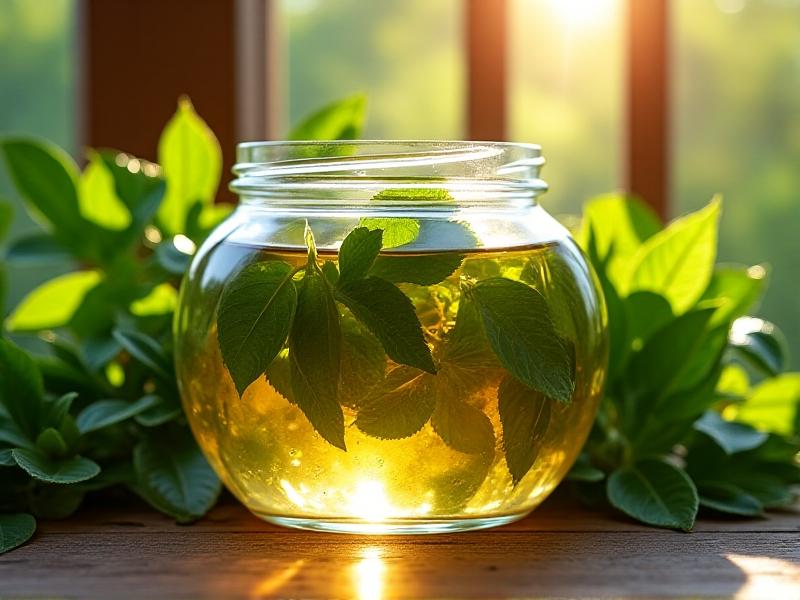Heat Diffuser Plate Fabrication
Understanding Heat Diffuser Plates: Purpose and Functionality
Heat diffuser plates are unsung heroes in both culinary and industrial settings. Designed to evenly distribute heat across a surface, they prevent hotspots and ensure consistent temperatures. Whether placed over a gas stove to support delicate cookware or integrated into industrial machinery to manage thermal energy, their role is critical. The principle behind their function lies in their ability to absorb and redistribute heat through conductive materials, transforming uneven flames or electric coils into a uniform thermal field. For cooks, this means perfectly caramelized crème brûlée; for engineers, it translates to prolonged equipment lifespan and energy efficiency.
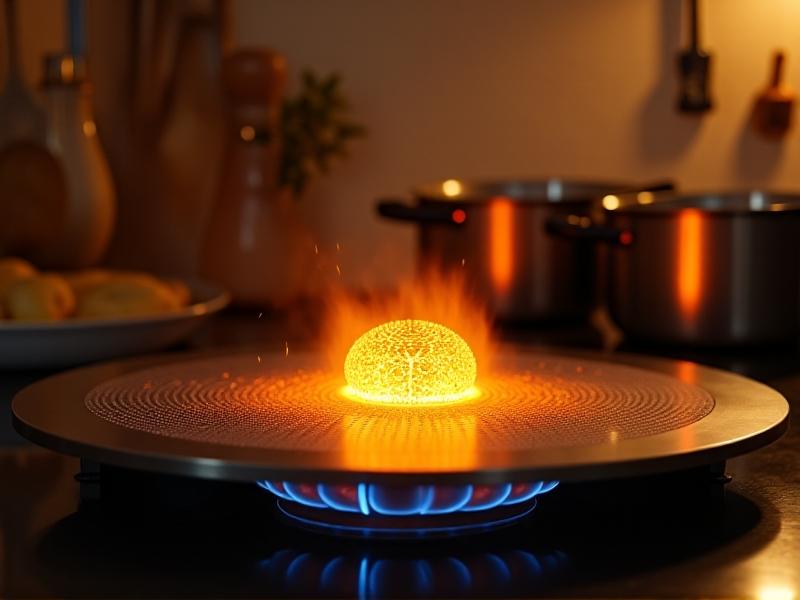
Material Selection: Balancing Conductivity and Durability
Choosing the right material for a heat diffuser plate is a dance between thermal conductivity and structural integrity. Aluminum, with its high conductivity and lightweight nature, is popular for home kitchens. However, industrial applications often favor stainless steel or cast iron for their resistance to warping under extreme temperatures. Copper, though exceptional at heat transfer, is less common due to cost and reactivity with certain foods. Modern innovations include composite materials like anodized aluminum or ceramic-coated variants, which marry conductivity with non-stick properties. The ideal material depends on the use case—whether prioritizing rapid heat dispersion, longevity, or corrosion resistance.
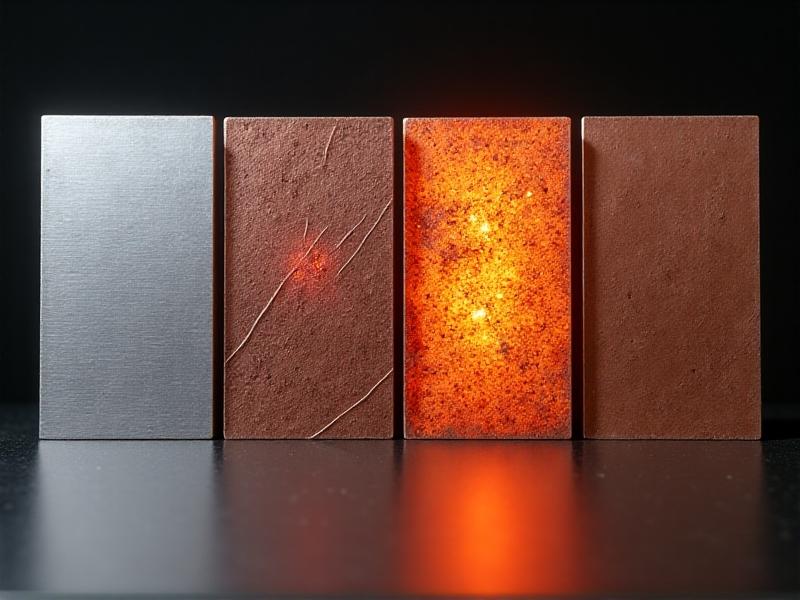
Design Considerations: Thickness, Perforations, and Geometry
The efficacy of a heat diffuser hinges on its design. Thickness dictates heat retention—thinner plates respond quickly but may lack stability, while thicker ones retain heat longer but require more energy. Perforations or ridges can enhance airflow in gas-based systems, whereas solid plates suit electric stoves. Geometric patterns, such as concentric circles or hexagonal grids, optimize heat distribution by creating pathways for thermal energy. Computational fluid dynamics (CFD) simulations often guide these designs, ensuring even dispersion across the plate’s surface. Aesthetic elements, like polished edges or custom shapes, also play a role in user appeal without compromising functionality.

Fabrication Techniques: From Casting to Precision Machining
Manufacturing heat diffuser plates involves processes tailored to material and design. Casting is ideal for intricate shapes in cast iron or aluminum, pouring molten metal into molds to capture detailed patterns. Stainless steel plates often undergo laser cutting or water jet machining for precision edges, followed by CNC milling to refine surface flatness. For high-performance applications, additive manufacturing (3D printing) enables complex internal geometries that enhance heat flow. Post-production treatments like anodizing or thermal spraying add protective layers, ensuring resistance to oxidation and wear. Quality control steps, including flatness checks and thermal testing, guarantee each plate meets performance standards.
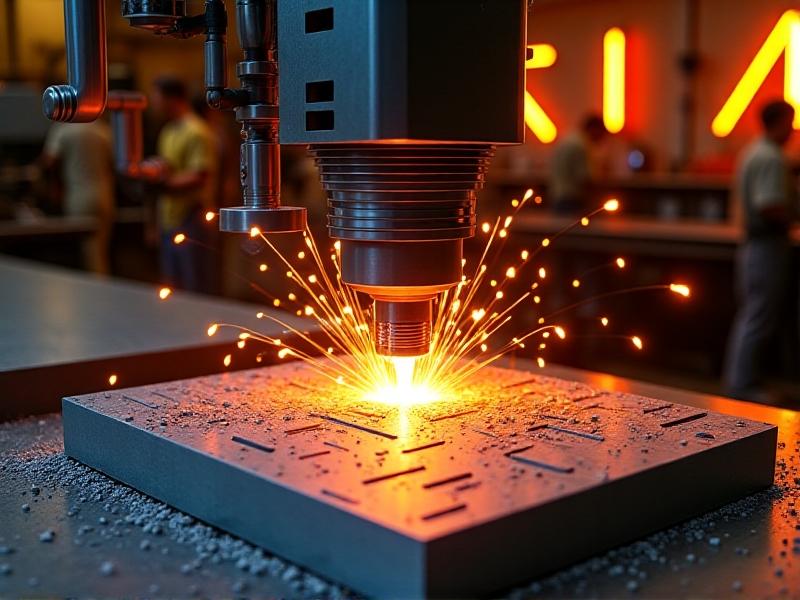
Testing and Performance Evaluation
Rigorous testing ensures heat diffusers meet their promises. Thermal imaging cameras map temperature distribution, revealing hotspots or cold zones. Laboratory setups replicate real-world conditions—like cyclic heating and cooling—to assess durability. In kitchens, practical tests involve simmering sauces or melting chocolate to evaluate consistency. Industrial variants undergo stress tests in furnaces or chemical environments. Metrics such as heat transfer coefficients and thermal lag time quantify performance, while user feedback refines ergonomic aspects like weight and handle design. Only through this multifaceted evaluation can a diffuser plate earn its reputation for reliability.
Applications Beyond the Kitchen: Industrial and Scientific Uses
While kitchen diffusers are commonplace, their industrial counterparts are indispensable. In semiconductor manufacturing, they ensure uniform wafer heating during deposition processes. Glassblowing studios use thick steel plates to anneal creations, preventing cracks from thermal stress. Energy sectors deploy massive diffusers in boilers and heat exchangers to optimize combustion efficiency. Scientific laboratories rely on ceramic diffusers in high-temperature reactors, where precise thermal control is non-negotiable. These applications underscore the plate’s versatility, adapting its basic principle—heat redistribution—to challenges far beyond sautéing vegetables.
Maintenance and Longevity: Keeping Your Diffuser Plate Effective
Proper care extends a heat diffuser’s lifespan. Regular cleaning prevents grease or carbon buildup, which can insulate the surface and impair conductivity. For cast iron, seasoning with oil maintains non-stick properties; stainless steel benefits from occasional polishing. Avoiding abrupt temperature changes—like placing a hot plate in cold water—reduces warping risk. Storage in dry environments combats rust, while inspecting for cracks or warping ensures early issue detection. Industrial users might implement scheduled thermal recalibrations. By treating the diffuser as a precision tool rather than a passive accessory, users safeguard its performance for years.
Future Trends: Smart Materials and Sustainable Manufacturing
The future of heat diffuser plates lies in innovation. Smart materials like graphene-enhanced composites promise unparalleled conductivity and strength. Embedded IoT sensors could enable real-time thermal monitoring, adjusting heat distribution dynamically. Sustainability is also a driver—recycled aluminum or bio-based ceramics reduce environmental footprints. Additive manufacturing minimizes material waste, while self-healing coatings extend product life. As energy efficiency becomes paramount, next-gen diffusers will likely blend cutting-edge science with eco-conscious production, reshaping how we manage heat in every context.

